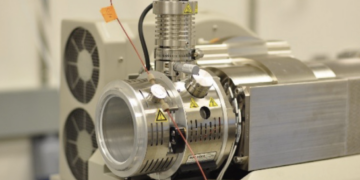ADME / TOX Screening
Physicochemical Properties
IN THIS SECTION

Uncovering key properties of your compounds
Frontage offers various ADME studies to help determine the physicochemical properties of chemical compounds, providing you with valuable information in predicting the in vivo absorption, distribution, and metabolism. Some of the key parameters include chemical stability, LogD, pKa, and solubility.
Physicochemical Services at Frontage
- Kinetic/Thermodynamic Solubility: Solubility is a significant parameter in the biopharmaceutical classification schemes (BCS) of therapeutic compounds. In addition to obtaining early prediction of in vivo behavior of the compound, estimation of solubility in the early phase of discovery is also important with respect to the quality of other target-based assays conducted concurrently. Kinetic solubility offers a high-throughput method with a relatively small amount of compound, especially useful in the early discovery phases. Thermodynamic solubility is typically performed during the latter stages of drug discovery or early development and may help to design formulation strategies for in vivo studies.
- LogD: LogD denotes the partition co-efficient of drug candidates in a lipophilic phase such as octanol and a hydrophilic phase like water. The LogD value is valuable to predict many ADME properties such as solubility in buffers and gut, cellular permeability, the ability to penetrate the blood-brain barrier, and the uptake into the intestine.
- pKa: Acid dissociation constant (also known as acid ionization constant), Ka, is the thermodynamic equilibrium constant for the dissociation in the context of acid-base reactions. The pKa is the pH at which the molecule is 50% protonated (ionized) and the ionization of a compound alters its physical behavior and macro properties such as solubility and lipophilicity. Therefore, the ionization of drug candidates and the distribution of the neutral and ionized species under physiological pH are important in determining the ADME properties of NCEs. Frontage uses a spectrophotometric method to determine the pKa for test compounds.
Resources To Consider


fact-sheet
Global Drug Discovery Services Overview
Frontage’s discovery team is comprised of experienced medical chemists, biologists,and D…

fact-sheet
In Vitro ADME Services
Frontage Global Drug Discovery Services (GDDS) offers a full spectrum of in vitro ADME ass…


